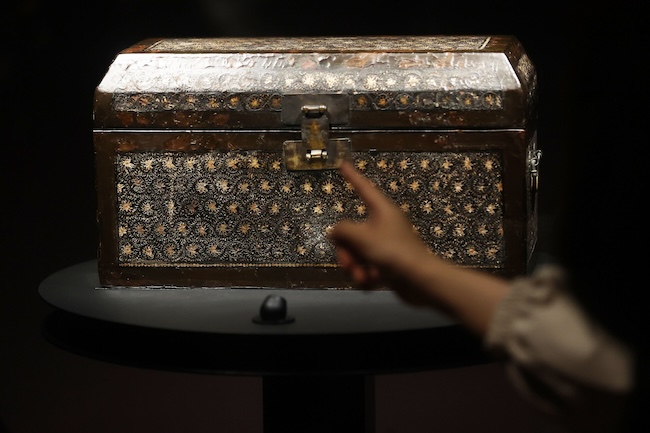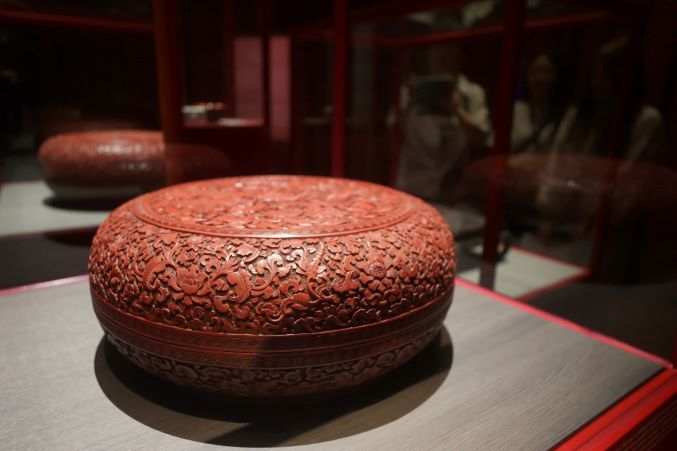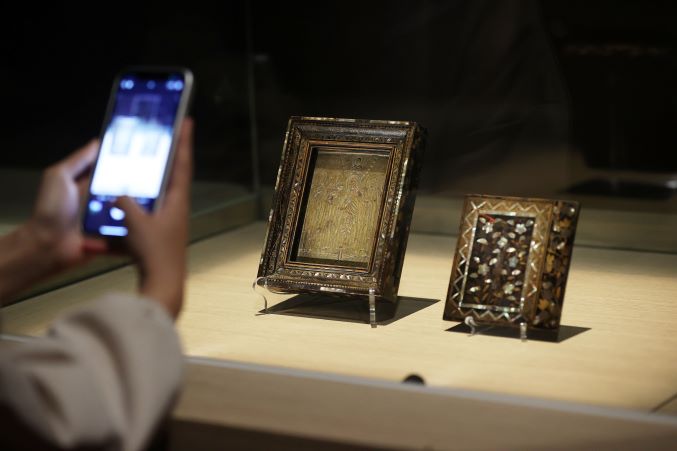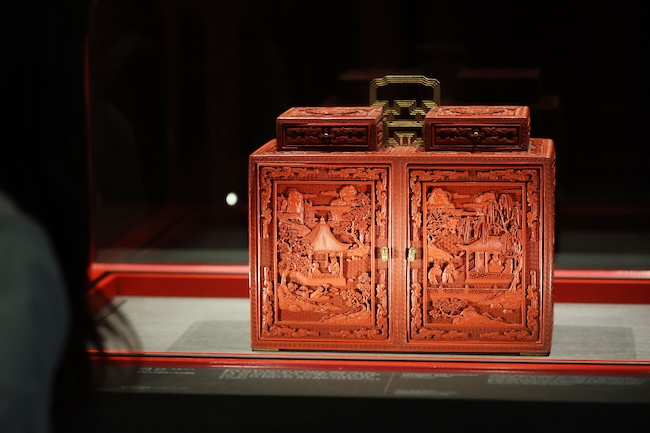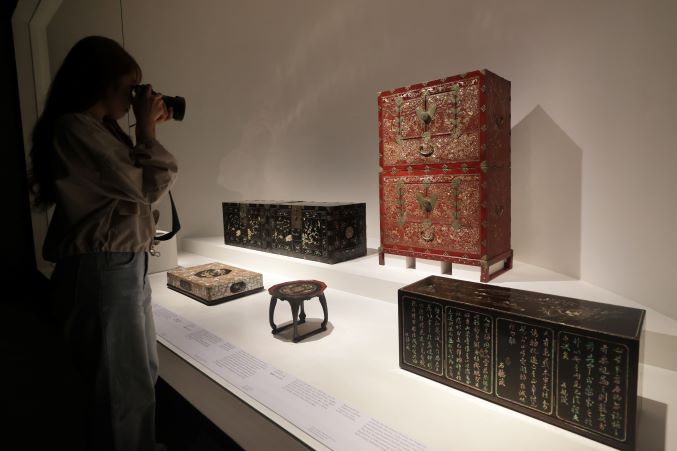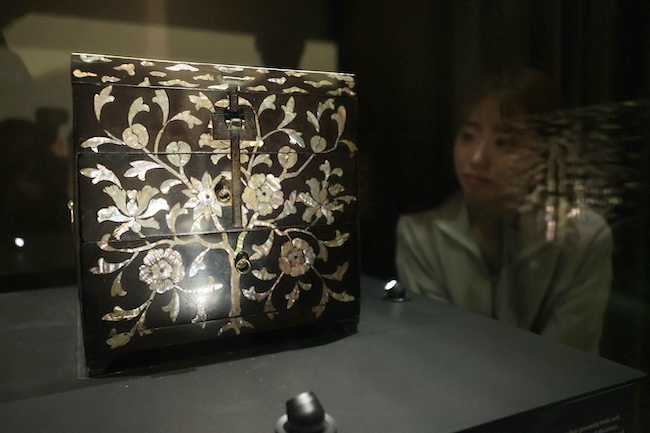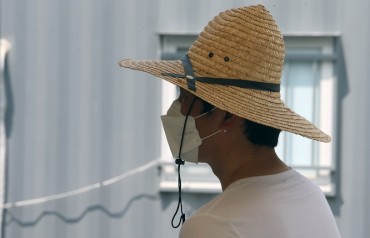SEOUL, Jul. 10 (Korea Bizwire) – The National Museum of Korea is set to unveil a stunning collection of lacquerware from three East Asian nations, offering visitors a rare glimpse into the rich cultural heritage of the region.
The special exhibition, titled “Three Countries, Three Colors: East Asian Lacquerware,” opens on July 10 in the museum’s special exhibition hall.
This collaborative effort brings together 46 exquisite lacquerware pieces from the national museums of South Korea, Japan, and China.
The exhibition is part of an ongoing series that began in 2006, with the three national museums taking turns to host a joint special exhibition every two years since 2012. The aim is to introduce the cultures of the three countries and promote mutual understanding.
Lacquerware, the focus of this year’s exhibition, showcases the diverse artistic traditions of each country. The carefully curated selection of about 15 pieces from each nation highlights the unique histories and cultural significance of lacquer arts in East Asia.
The 46 artifacts on display demonstrate the shared foundation of Asian lacquer techniques while emphasizing the distinct beauty and character of each country’s craftsmanship.
South Korea’s najeon chilgi, adorned with iridescent mother-of-pearl inlays, Japan’s maki-e lacquerware decorated with sprinkled gold powder, and China’s carved lacquerware with intricate designs etched into multiple layers of lacquer are among the standout pieces.
Chinese carved lacquerware, which evolved from ancient times through the Ming and Qing dynasties, represents a unique fusion of lacquer techniques, painting, and sculpture.
The exhibition features examples of various carving methods, including the tixi technique of alternating red and black lacquer layers, the tihong method of carving into multiple layers of red lacquer, and the ticai approach of carving designs into layers of various colored lacquers.
Korea’s najeon chilgi, or mother-of-pearl inlaid lacquerware, reached its pinnacle during the Goryeo and Joseon dynasties. This technique, known for its pearlescent and rainbow-like shimmer, has been a cornerstone of Korean traditional crafts for a millennium.
The exhibition traces the evolution from the opulent Goryeo style, known as “fine work,” to the more restrained Joseon aesthetic that adhered to Confucian principles.
Japan’s renowned maki-e lacquerware technique flourished during the Heian period. The togidashi maki-e method featured in the exhibition, popular at the time, involved drawing patterns with lacquer, sprinkling gold or silver powder, applying a lacquer coating, and then polishing to reveal the design, while the Kamakura period saw the emergence of taka maki-e, a raised maki-e technique.
The “Three Countries, Three Colors: East Asian Lacquerware” exhibition will run until September 22, offering a unique opportunity to explore the shared heritage and distinct artistry of East Asian lacquer craftsmanship.
Image credit: Yonhap / photonews@koreabizwire.com


